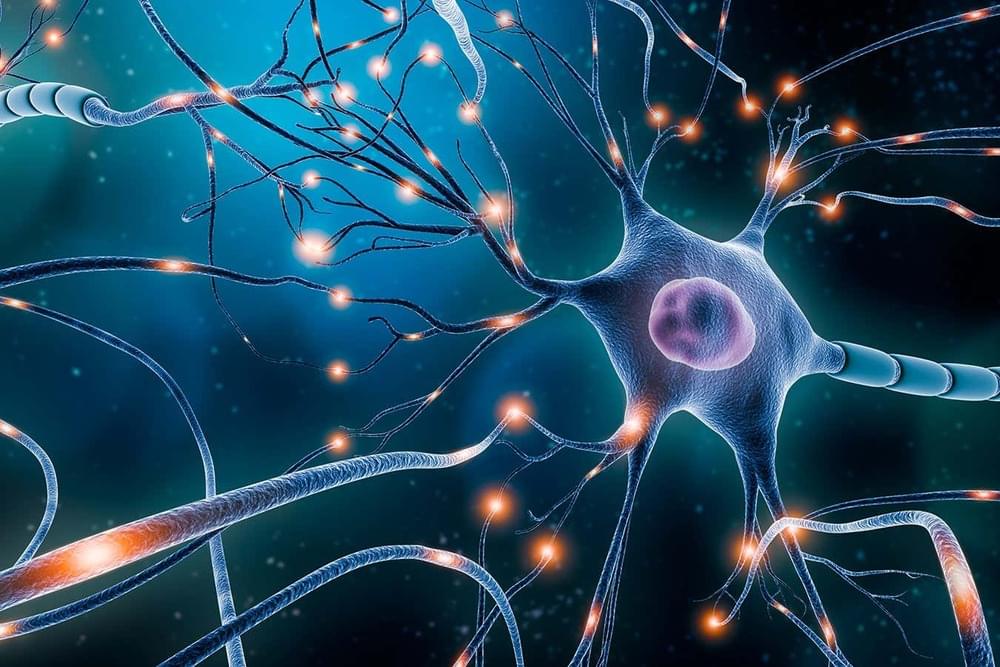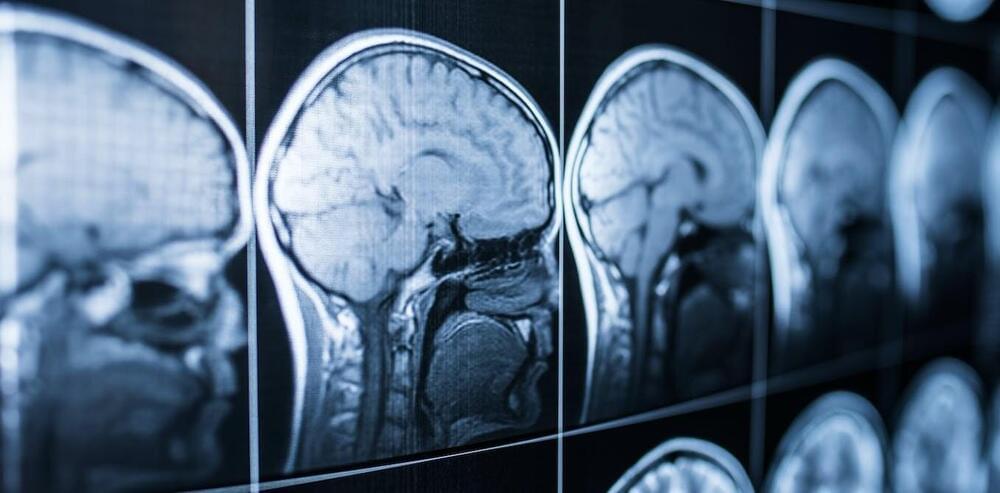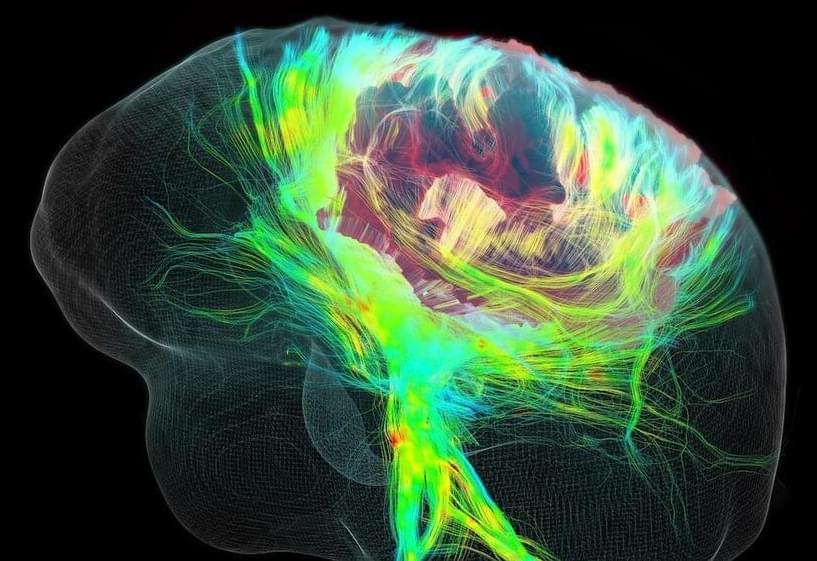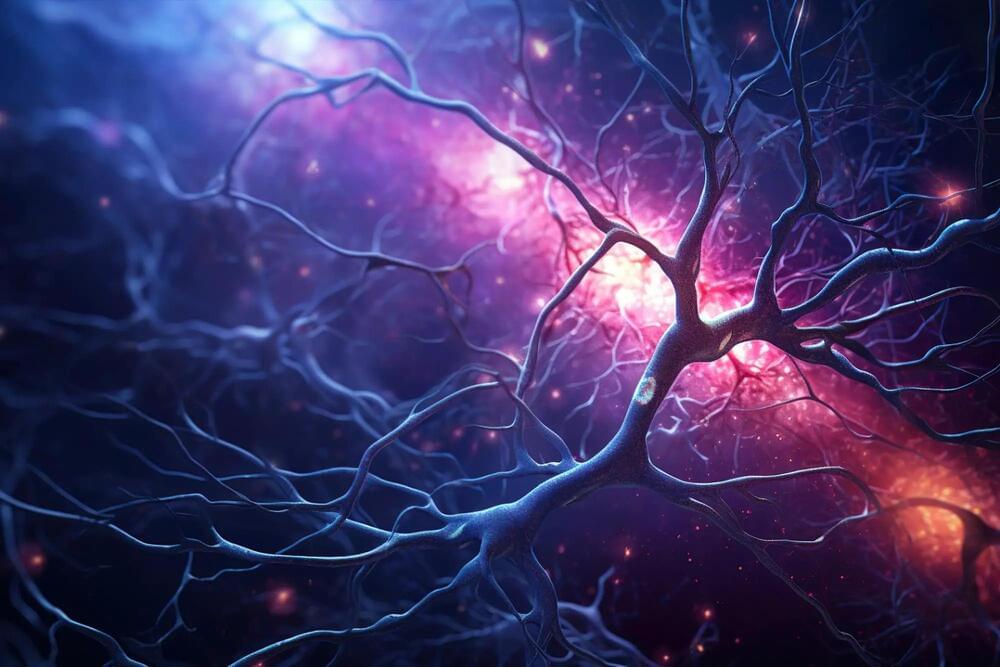Scientists at the University of Cambridge have used powerful new brain imaging techniques to reveal a neurochemical imbalance within regions of the frontal lobes in patients with obsessive-compulsive disorder (OCD). The research findings are published in the journal Nature Communications.
The study shows that the balance between glutamate and GABA—two major neurotransmitter chemicals—is “disrupted” in OCD patients in two frontal regions of the brain.
Researchers also found that people who do not have OCD but are prone to habitual and compulsive behavior have increased glutamate levels in one of these brain regions.







